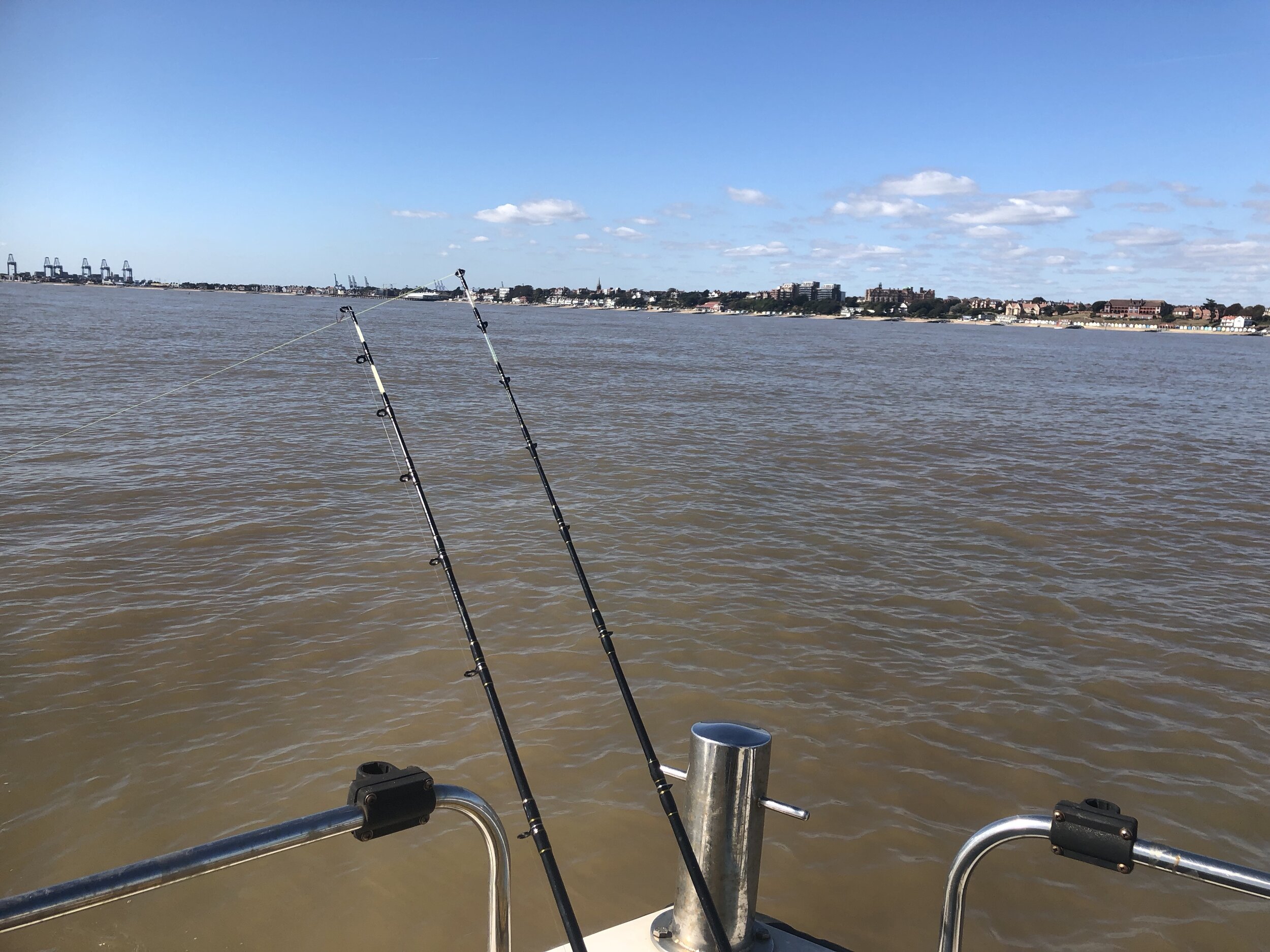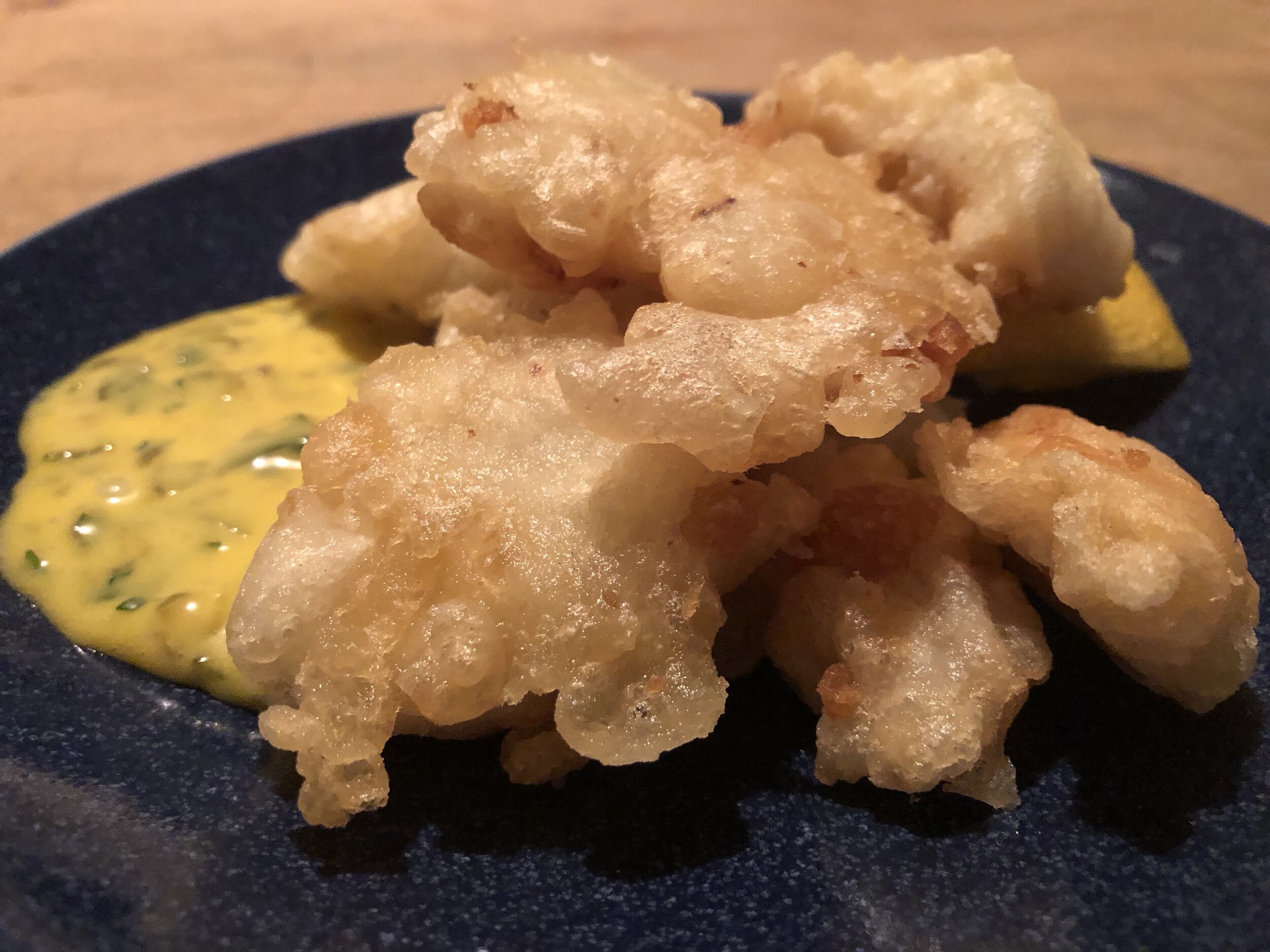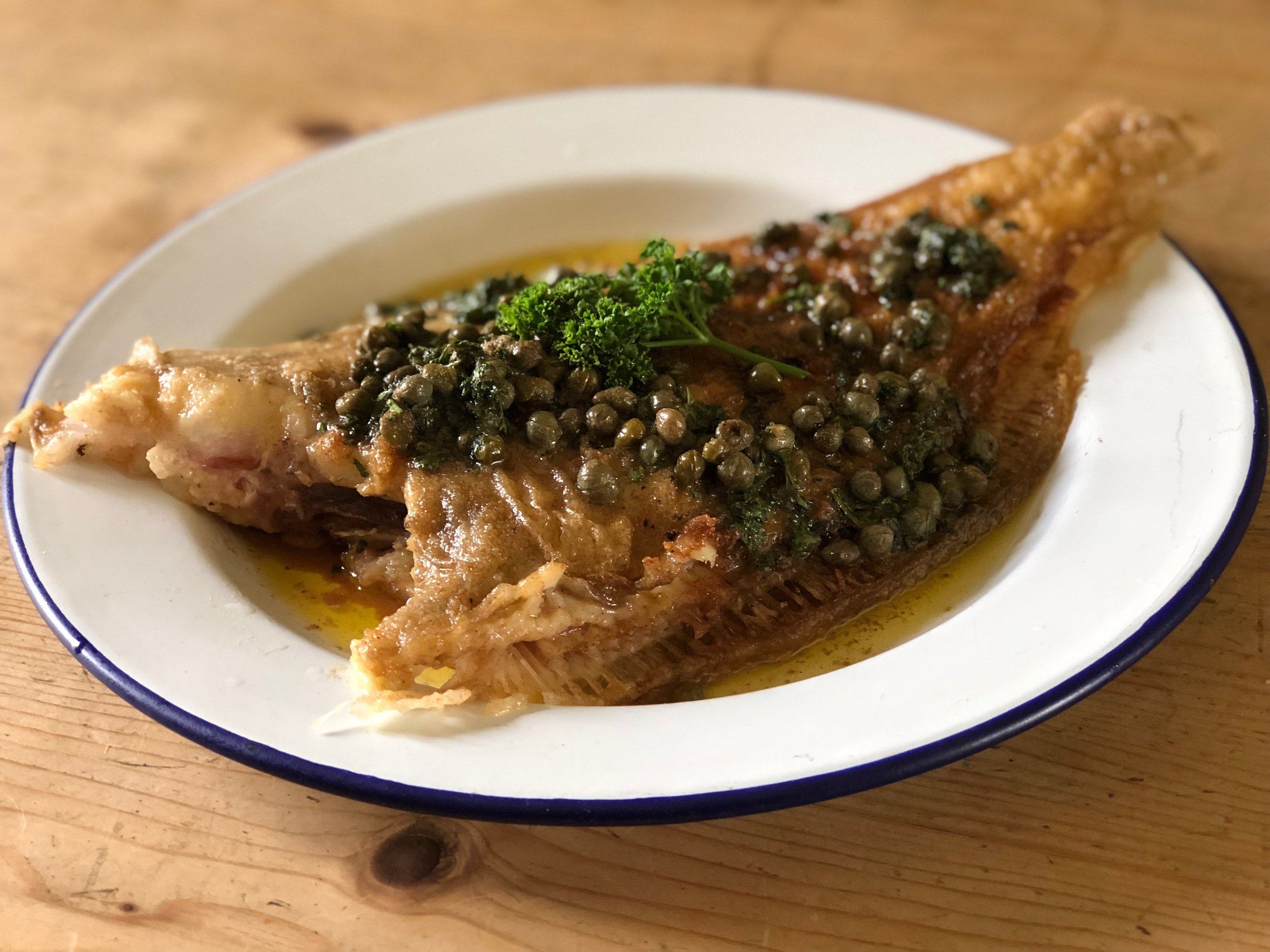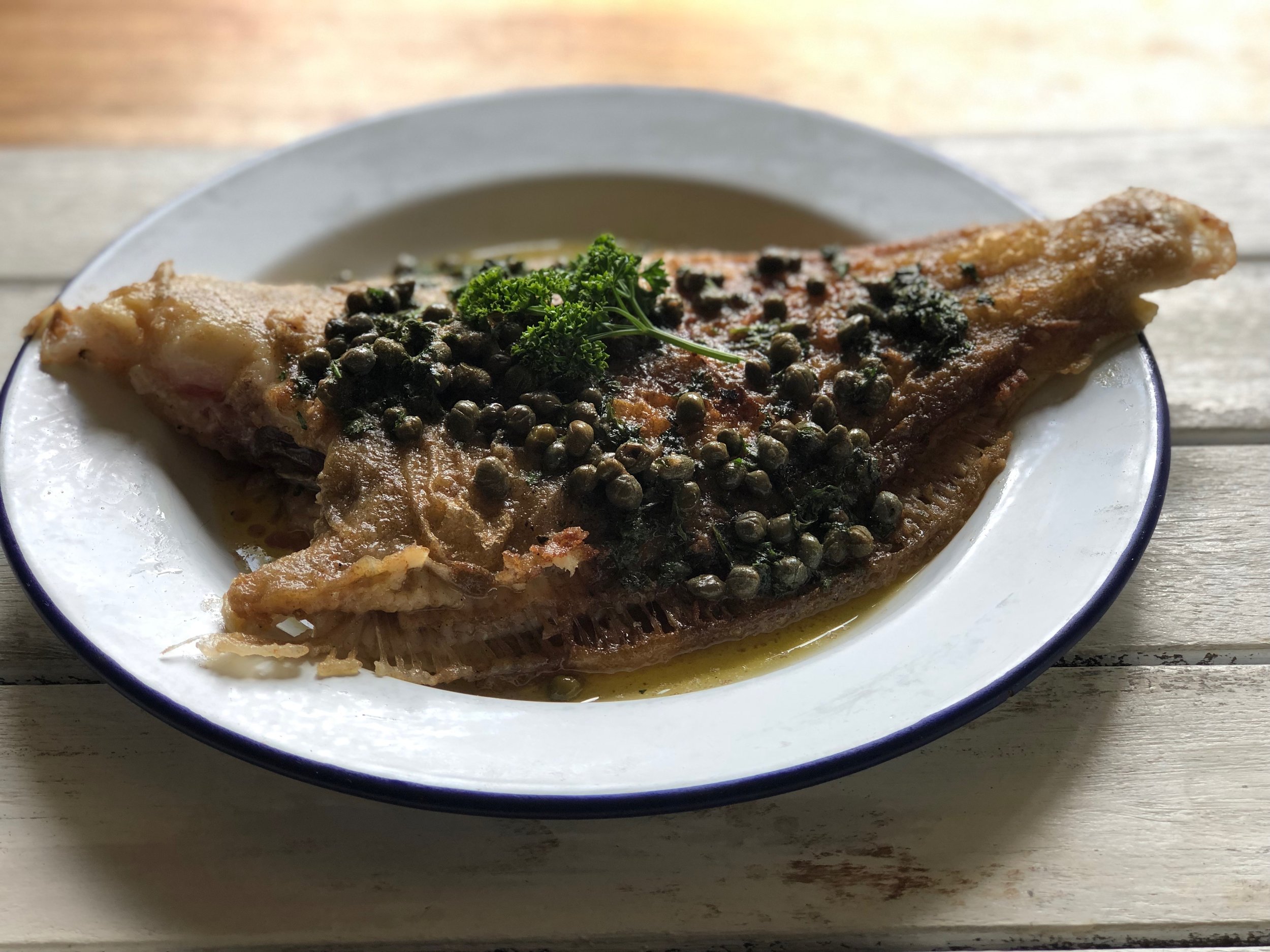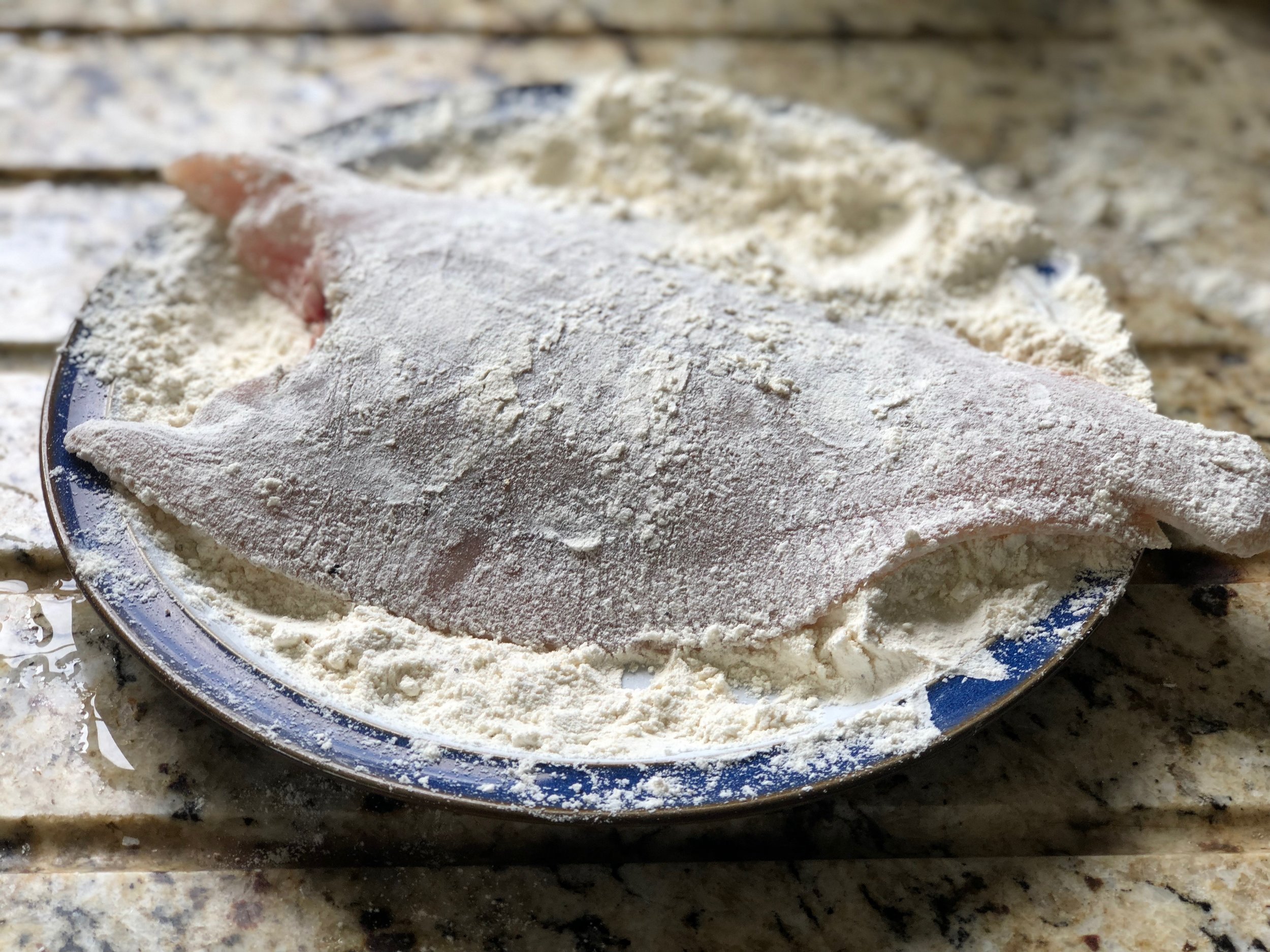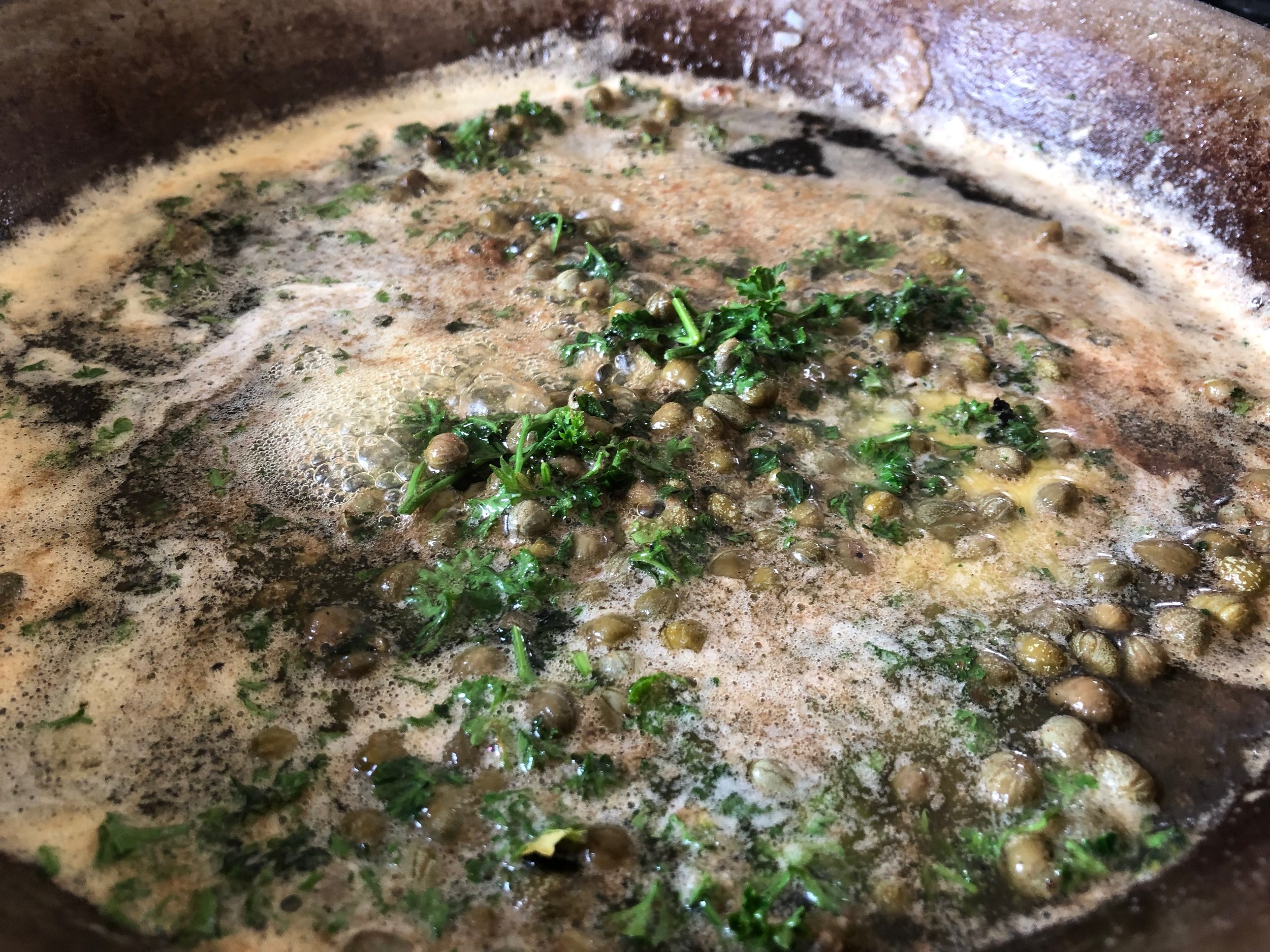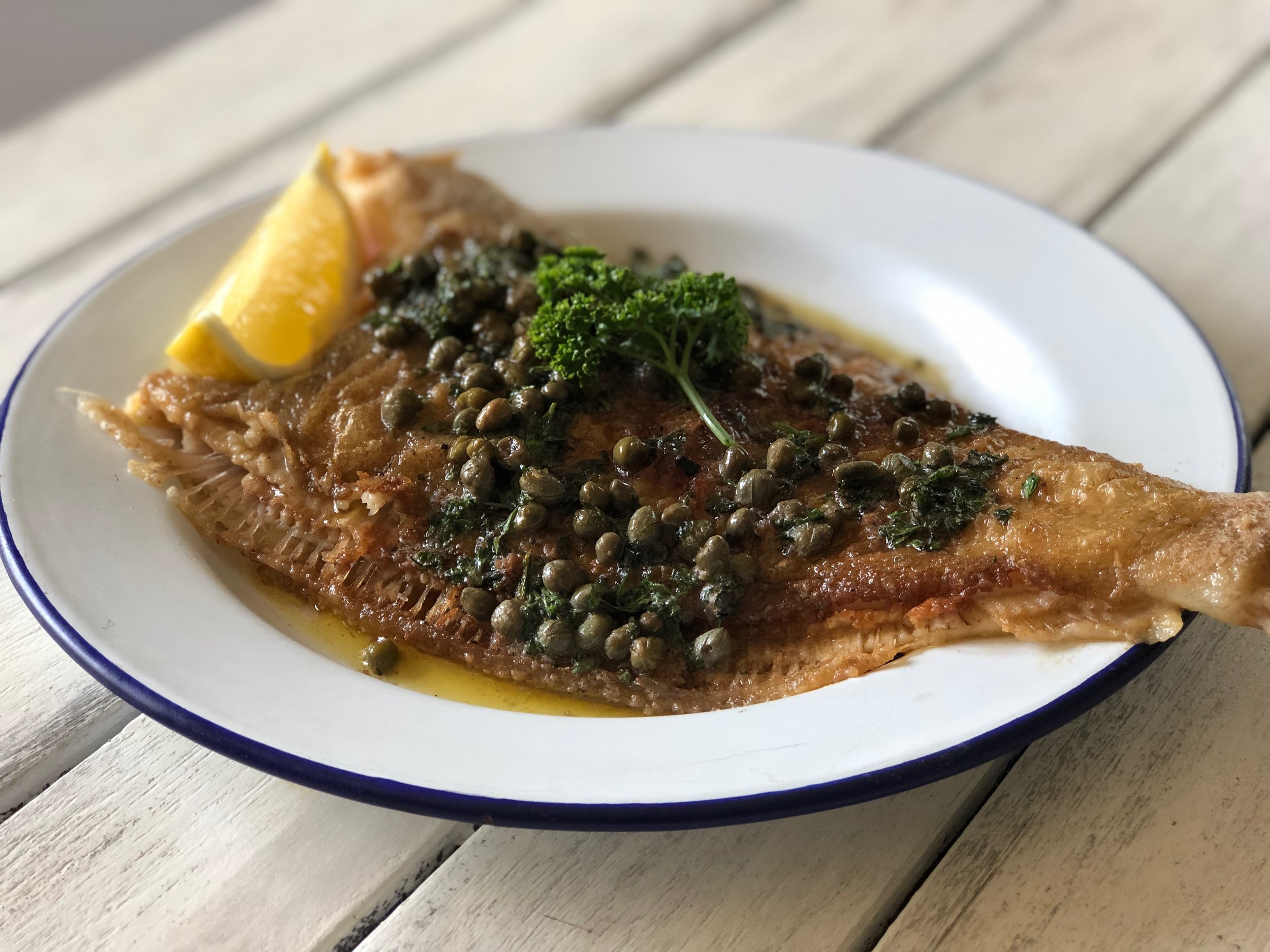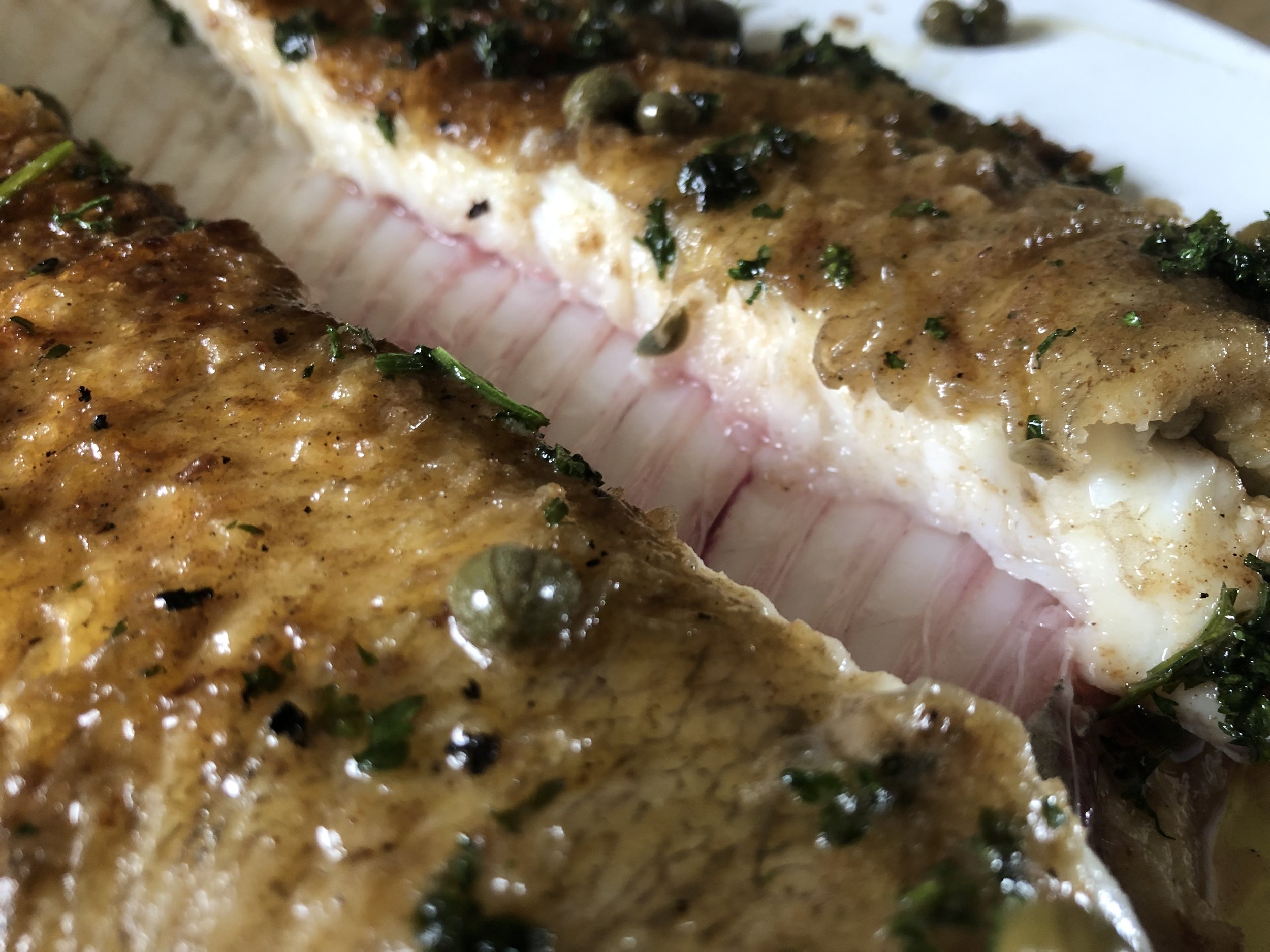Silver Darlings - A Potted History of the Herring
A Short History Lesson!
The British herring fishery pre-dates the capture of many other species and in 1295 Edward I decreed that the Dutch should be allowed to fish from Yarmouth for herring ‘unmolested’ – (not much change there then!!) and of course competition ensued and struggles for the control of the herring fisheries were inevitable, giving rise ultimately to the emergence of the Royal Navy as protector of the shoals.
By the mid 17th century, the herring industry was booming and in 1650 the Navigation Act demanded that only British-caught fresh herrings were to be imported to our shores and by 1666 all trade in foreign herring, salted, dried or bloated was prohibited too.
Fishing for herrings was actively encouraged by parliament through the 1800’s and by the early 1900’s a vast industry was encompassing the Isles from Shetland to Cornwall, the Firth of Forth being noted for its abundance. An army of fisher-girls descended on ports and towns to clean and salt the fish down into barrels, from the Orkneys to Lowestoft, following the shoals throughout the seasons, as they migrated South toward the Channel.
Just before the First World War did the fishery peak, with a estimated 1500 herring ‘drifters’ crewed by 15,000 fishermen, landing 12,000,000 cwt of catch. The ensuing turmoil of war then depleted those landings by over half, fishing communities subsequently came under much economic pressure and in 1935 The Herring Industry Board was set up to monitor and manage the markets.
Following the Second World War the demand for protein increased, the fleets reinvested and improvements in fishing techniques and technology increased catches further. By the 1950’s overfishing of herring was a serious problem and landings fell dramatically and steadily right up to 1977, when the lowest catch for a century was recorded, with a spawning biomass (volume of adult herring) of only 150,000 tons and a 4-year ban on their harvesting was the inevitable result.
Of course with the stocks under pressure and ban enforced, a whole generation suddenly missed out on eating this wonderful fish and its popularity waned further. With dietary concerns never more important than today and rising obesity levels driving the health and superfood trends, this consistently overlooked resource could go a long way to redressing the balance in a thoroughly delicious and digestible form.
So where to find yourself some fresh herring? It’s a tricky one, as fishmongers have likewise responded to demand and they’re not a common sight on slabs anymore. But that’s where you need to start and ask - put in a request and see if they can source them for you, then get them to gut, scale and even fillet for you, so your first experience is a good one. Try frying the fillets lightly in seasoned flour and butter or grilling or griddling, brushed with a little light oil. Use the roes, (eggs) hard for making taramasalata or the soft male ‘milts’ fried in butter on some fresh toast.
If you can’t get fresh, then try them smoked as kippers or bloaters or pickled, as rollmops, which are so easy to eat because the tiny bones are broken down to nothing in the cure and make a wonderful go-to snack. Whichever way you choose though, be open-minded and remember that what you’re eating is wild, first class protein in its truest form.
Enjoy!
Whiting Gin Tempura with Homemade Tartare Sauce.
Early autumn on the Suffolk Coast is always heralded by the arrival of an extremely ubiquitous but very undervalued white fish - the whiting (Merlangius melangus) which are present year round inshore, but traditionally arrive in greater numbers throughout September and October. They always used to be the prelude to the inshore winter cod fishery here, but for various reasons that I won’t expound here, cod have rather dropped off the chart and we have seen any commercial number now for several years.
Whiting however yes and thank goodness, as they are so, so tasty, easy to prepare and have the lightest of textures if prepped and cooked correctly. We caught and ate a lot of them when I was growing up and generally cooked them on the bone, which although incredibly flavoursome, used to frustrate me as the bones are fine and sharp and can be tiresome. However, on a successful foray aboard ‘Avocet’ recently to fish one of my childhood fishing marks out of Felixstowe Ferry, I thought I’d share a very easy and delicious way of enjoying whiting to its max, without the bones and the fuss.
Apart from providing a good bit of sport, these little fish are a delight to eat straight out of the water. Seafood doesn’t come much fresher and if you can get hold of them this fresh or from a day-boat fishmonger, then you’ll experience the same buzz that I do. If you can, get fresh whole fish and either fillet or get the fishmonger too. We used to catch so many back in the 70’s and 80’s that it was quite common for us to have a group of folk around the boat when we landed and would gladly give them away.
Whiting Gin-Tempura with homemade Tartare Sauce.
This recipe really is another ‘less-is more’ example of enjoying fresh fish at its best. A great lighter take on fish and chips or a tapas-style dish for sharing. You don’t need to skin the whiting either, as it cooks and eats so well with very few scales.
Serves 4
Ingredients
4-6 fresh day-boat whiting (cleaned and filleted)
Well-seasoned plain flour for dredging.
150g plain flour
150g cornflour
Splash of your favourite artisan gin
Sea salt and ground black pepper.
250ml sparkling mineral water
Lemon wedges to serve
For the tartare sauce
2 fresh free-range egg yolks
200 ml groundnut oil
1 tsp Dijon mustard
2 tsp chopped capers
2 tsp chopped cornichons
Handful chopped fresh parsley
Pinch sea salt
Couple of drops of Escheta (anchovy essence).
Method
Cut the fillets into small bite-sized strips and dredge with the seasoned flour and dust off the excess.
Prepare the tempura batter by combining the flours, adding a pinch of sea salt and whisking in the sparkling water to a loose consistency. Refrigerate
Heat the oil in a shallow pan to a moderate heat and test with a drop of the batter.
Meanwhile, make a mayonnaise for the tartare sauce, by whisking the egg yolks, salt and Dijon mustard together whilst adding a steady stream of the groundnut oil. Whisk until it peaks and then fold in the chopped capers, cornichons and parsley. Add a couple of drops of the Escheta and whisk again. Refrigerate.
Dip the fish pieces in the batter to cover liberally and place in the hot oil, frying for 2 mins on either side or until crispy and very light brown. Drain on kitchen roll and serve immediately with the tartare sauce and a squeeze of lemon.
Light, fresh seasonal fish at its very best using a very sustainable alternative to cod and haddock. Works well too with pollack.
Megrim on the bone with capers and parsley
Megrim or megrim sole or sometimes ‘whiff’ are what we call left-handed flatfish (the way their eyes are set on their head) and are found all around the UK, but tend to inhabit deeper water compared to the more inshore flatfish species like dab, Dover sole and flounder.
Typically exported - the French and Spanish adore them, they’ve never really come up on the radar for UK consumers, buy of course they should do. In season and in prime condition from Scottish, or in this case Cornish, waters megs in good nick, for me anyway, go head to head with any brill or lemon sole worth its salt.
These recipes are meant to demonstrate the innate simplicity of cooking fresh, seasonal seafood and really there’s no easier solution to cooking an amazing fish such as the meg, than on the bone with minimal fuss. Fish cookery should not be a daunting prospect and although many folk see it as being overly complicated and perhaps shy away from experimenting or even ordering off a menu and I do get that. However, a little knowledge goes a very long way and hopefully I’ll demonstrate here that less is undoubtedly more.
Megs can be found throughout the year, but in Cornwall and the South West mid-summer to autumn is probably the best time to try them. You’re more likely to buy them from an independent or coastal fishmonger, but they are there and just need to be made more of. Check the firmness of the flesh, the brightness of the eyes and the redness of the gills. The fish should smell of nothing other than the sea’s natural ozone. If you must, get your fishmonger to fillet, but maximum flavour will always come from a flatfish like this cooked on the bone.
Ingredients - serves 2
One whole fresh Cornish megrim (gutted) about 1kg
200g Cornish sea salt butter
50ml Cold pressed rapeseed oil
2 tbs capers
A good handful of fresh, chopped curly parsley
Plain flour for coating
Ground black pepper
Sea salt
Lemon to serve
Parsley sprig to garnish
Method
Firstly trim the fins and tail from the fish using kitchen scissors and always cut from the tail end to the head, against the lie of the fins. Next remove the head (not essential) by cutting around the bone behind the gills with a sharp knife.
Season the flour well with salt and pepper and coat the fish liberally all over, shaking off any excess.
Heat the oil and butter in a heavy frying pan and once melted and bubbling well, introduce the fish carefully head end down, holding the tail and cooking on a relatively high heat for 3 mins. Roll the butter mixture around the fish and ensure that the skin doesn’t catch if not using a non-stick pan.
Using a fish slice turn the megrim over and cook on the other side again for 3 mins until the skin is golden brown. Carefully lift the fish from the pan and place on a board, as it will continue to cook. Add a little more butter to the cooking liquor and the capers and chopped parsley. Stir and cook over a low-med heat for a couple of minutes to release the flavours and the butter takes on a nut brown appearance and nutty aroma.
Place the fish on a warm plate and spoon over the hot caper and parsley ‘beurre noisette’






